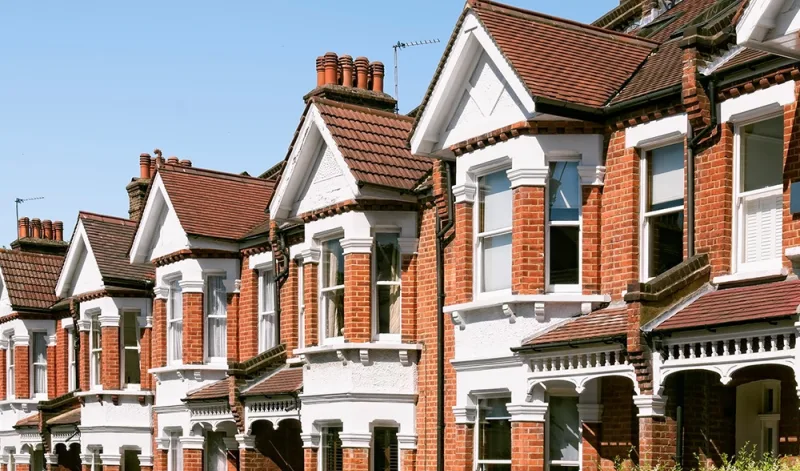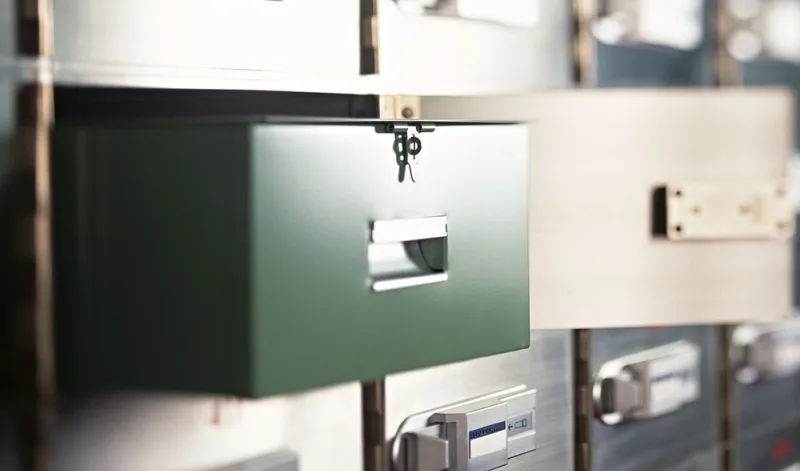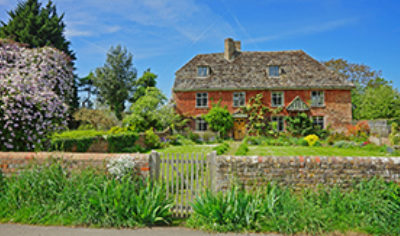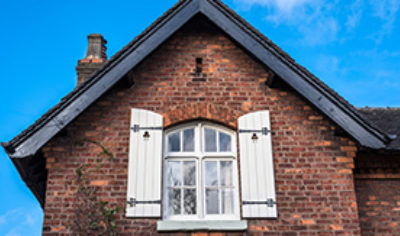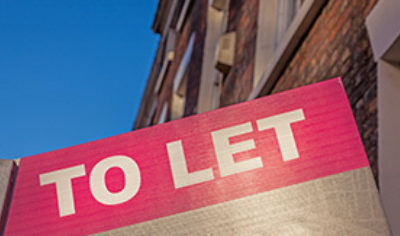The purchase of buildings for conversion in to self contained flats is becoming more popular. Many landlords are waking up to the fact that buying and converting property in to two or more self contained units has a number of advantages. Often especially in inner city areas or areas of high employment, there is a big demand for flats, splitting a property in to a number of units can increase your rental income. Many landlords are interested in this process but do not know, where to start, we hope our guide proves useful.
Before we start, it is worthwhile pointing out at this stage ( as this is most peoples first question) Yes- you do need planning permission to convert a house in to a block of flats. Building regulations define this as a change of usage and specify a list of requirements that will apply before planning permission can be granted. These conditions usually relate to fire escape safety matters, hygiene, sound insulation and the conversion of energy. You may find that all or some of the building will need to be upgraded to meet with these requirements. Having planning permission granted is not a forgone conclusion, it deciding on your application, local planning officers will take a number of factors in to consideration such as amenities, parking, the impact on neighbours. Don’t forget as well, neighbours in the area may also object to to your application so it is a good idea to do plenty of homework first. If there are other buildings in the area that have been converted in to flats, you may find that the number of objections are minimal
Choosing the right Property
- Choosing the right property to convert in to flats is essential, if you make a mistake at this stage all work and effort your place in to the project will be wasted. A good starting point always is to have a word with local letting agents in the area to discover what type of property rents the easiest. They will be able to give you the benefit of their experience and help you decide if there is a need for property that is split in to flats.
- When you have done this, study the local social demographics, this information is usually available on line from a number of websites. Are there a large number of divorced or single people in the area, what are the main industries, is there a demand for housing from students or nurses etc.
- Try to understand the local economy, if you convert your building in to flats, is there a good chance that you will be able to rent the property at the amount you want.
- Once you have considered the above think about what would be renters look for in a property. Remember that young affluent renters may demand a high standard of finishing and if you do not equip your flat with this, it may not even make it pass the viewing stage. Also younger city dwellers tend to want to live fairly close to where they can spend their money and close to transport facilities. At the other end of the scale you may find that single parents or families will want a flat in a building that is close to a school or nursery
Planning – When you have considered all the above and you have narrowed down the choice of property, consider that you should never buy a property on the assumption that you will be able to obtain planning permission, in some cases property that is sold with planning permission already granted is a real bonus. You should also consider the practicalities of any conversion and a good understanding of building regulations is a must as is an architectural understanding of your property. Have a look at the surrounding housing stock, is it similar, have other buildings already been converted in to flats. In this is the case then your chosen property should also lend itself to conversion
Costs – Costs can vary from property to property but anywhere up to £40,000 is not unusual. To obtain the planning permission, and if you are serious, you should employ the services of an architect., he will draw up the plans for you and professionally drawn up plans will receive a favourable reception from town planners. The work itself will vary from house to house but usually include fire protection between all floors in the building or block and the installation of sound insulation. The plumbing will need to be split between the flats and in almost all cases, the wiring will have to be split. Each flat will also have to have a fire escape at the front and back of the building.
VAT – One of the key issues for any landlord trying to make money out of property is the imposition of VAT on works carried out on property. Whilst the renting out of residential property is except from VAT, the renovation or conversion of the property is subject to VAT. However under the 2001 Urban Regeneration scheme aimed at this sector of the property market, the government decided to allow a lower VAT rate to apply to anyone wishing to upgrade or improve certain types of housing stock. Despite the name the exception applies to all qualifying buildings wherever they are located. This exception is not widely known but it does apply to buildings that were formerly single dwelling homes which you intend to convert in to multiple units. More information about Vat charged on buildings that are to be converted in to blocks of flats can be found in leaflet VAT notice 708.
Another thing to take in to consideration when planning your conversion is that buildings with common parts will usually attract a single council tax rate but self contained units such as maisonettes may not. If you successfully manage to keep the council tax to a minimum on your property, you will increase your chances of receiving a good rental income.




